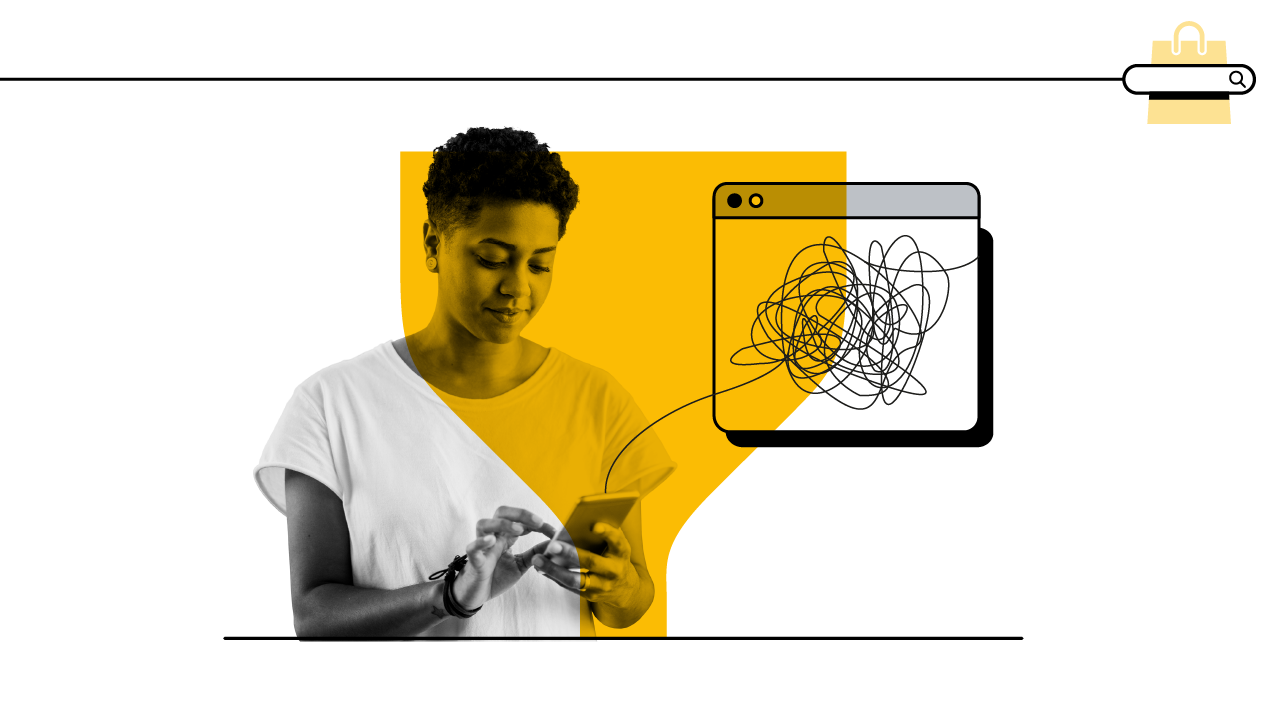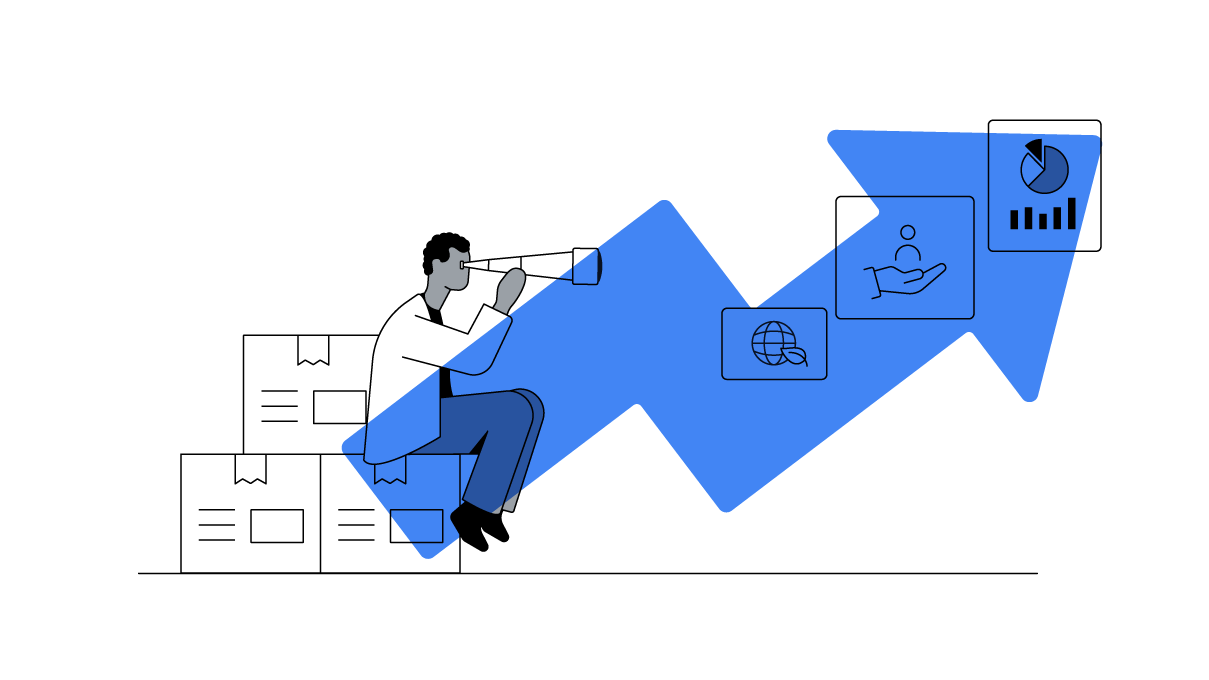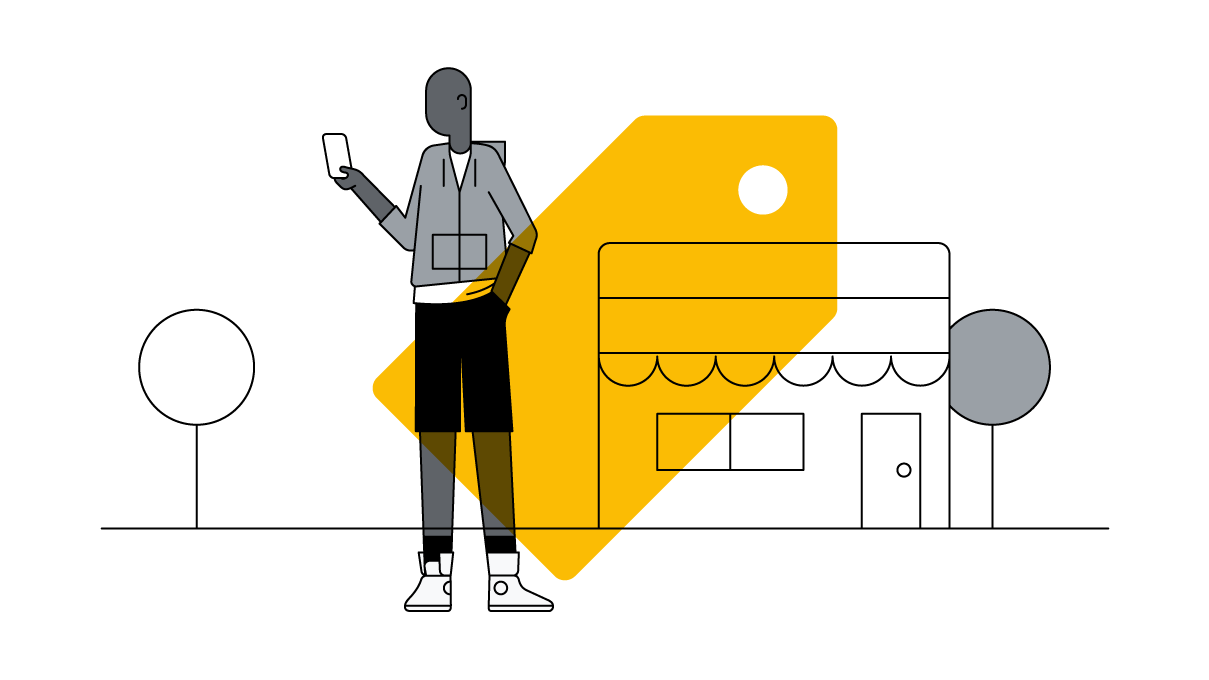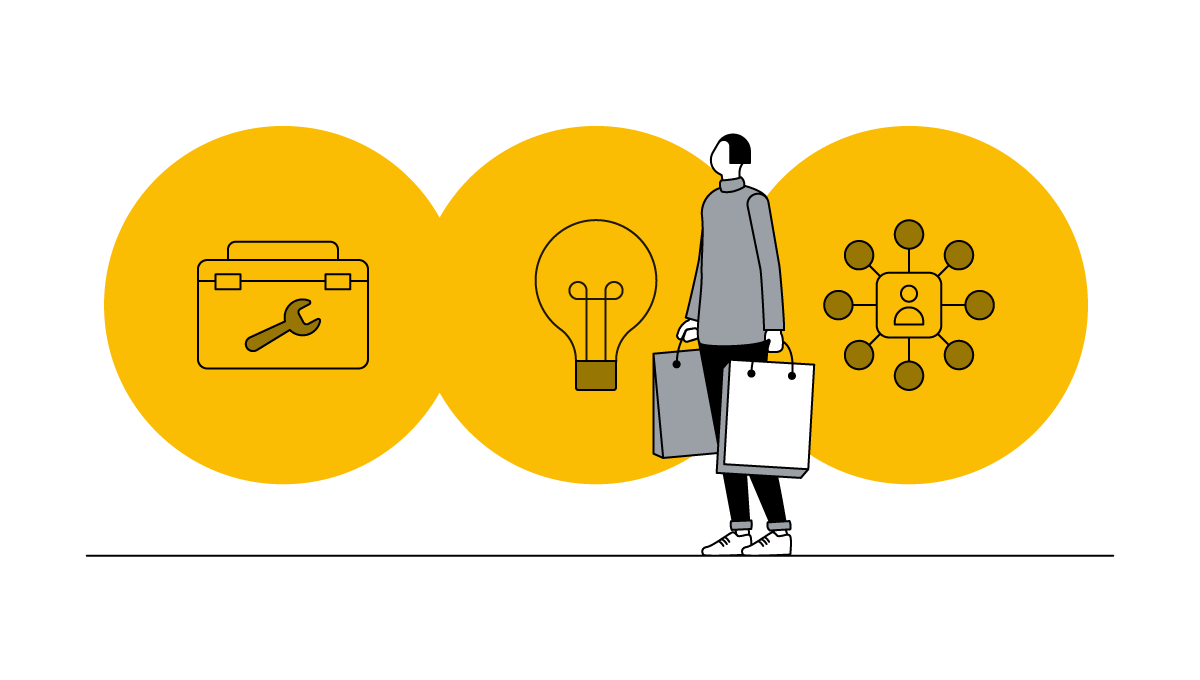Ask a Researcher: Wie werden in der Customer Journey Kaufentscheidungen getroffen?
Host
Gast
Veröffentlicht
März 2021Seite teilen
Ask a Researcher: Wie werden in der Customer Journey Kaufentscheidungen getroffen?
März 2021Konsumentinnen und Konsumenten haben heute die Qual der Wahl, wenn sie sich informieren wollen: Suchmaschinen, News-, Vergleichs- und Preisportale, Test-Sites, Videos .... Kein Wunder, dass so eine „Messy Middle“ im Entscheidungsprozess der Customer Journey entsteht, die für Marketing-Teams schwer zu entschlüsseln ist.
Wie lässt sich diese „Messy Middle“ besser verstehen – und wie kann dieses Wissen für das Marketing genutzt werden? Darüber unterhält sich Natalie Zmuda, Global Executive Editor bei Think with Google, mit Alistair Rennie, Researcher im Google Market Insights Team.
Das Google Market Insights Team analysierte wissenschaftliche Publikationen, Untersuchungen zum Kaufverhalten, Trends im Suchverhalten und eine groß angelegte Studie mit Käuferinnen und Käufern im stationären Handel, bei der 310.000 Kaufszenarien in den unterschiedlichsten Warenkategorien simuliert wurden. Mit den Methoden der Verhaltensforschung bewiesen sie dabei, dass sich die Markenpräferenz von Konsumentinnen und Konsumenten beeinflussen lässt: von der Lieblings-Marke zur zweitliebsten – und sogar zu einer erfundenen Marke, von denen sie noch nie gehört hatten.
Erfahren Sie, was Alistairs Team entdeckt hat und wie Sie dieses Wissen für Ihre Marketing-Zwecke nutzen können. Sehen Sie sich auch den zweiten Teil des Gesprächs an, in dem wir weitere Erkenntnisse aus der Verhaltensforschung aus Marketing-Sicht diskutieren.
Weitere innovative Marketing-Ideen und Branchen-Insights finden Sie in der On-Demand-Video-Serie Be Ready for What's Next.
Alistair Rennie: The status quo is the status quo for a reason, you know. It’s been tried;
it's been tested; it's been proven.
So if you’re going to challenge that, you know, you need to have a really good reason
and some pretty robust data to back it up.
Hi, I'm Natalie Zmuda, global executive editor with Think with Google.
Welcome to Ask a Researcher from home.
I'm here today with Alistair Rennie. He’s a market insights lead, based in EMEA.
Thanks Ali for joining us today.
Hi, Natalie.
Thanks very much for having me.
Natalie: Can you talk to me about what you call the messy middle?
Alistair: Okay, the messy middle.
So, today's consumer has a lot more information and choice.
So there are search engines, there's social media, price comparison sites, aggregators,
review sites, video sites, blogs sites.
Not even to mention the actual retailers themselves.
(That’s what we call the trigger.)
It happens between that and the purchase.
All of that choice and information.
When you put all that together, that’s what we call the messy middle.
And it was such a mess, in fact, that we decided we’d try and tidy it up and sort of reimagine
a model of what behavior looks like in that space.
Natalie: Tell me about that model.
Alistair: The model.
I'm glad you asked me that.
What we've done is we've taken this spaghetti-like mess, this messy middle, and we've codified
it into just two mental modes.
So whatever you're doing, be it looking at a search engine, you're on a review site,
you’re on a retailer site; you’re doing one of two things: You’re either exploring
or you’re evaluating.
When you are in exploration mode, and you’re adding brands and products to your consideration
set.
Then when you go into the evaluation mindset, this is a reductive process and you start
to narrow down your choices again.
But here's the thing, because we have so much choice, we are encouraged to go back
into exploration mode.
You can see in our model, it creates this infinity loop.
Technically, there's no end to how many times you can go back and forward through this loop.
This distinction is really important, because there is, as well as being two distinct mental
modes, they have their own reward structures.
And actually they require a different set of marketing tactics to approach them effectively.
Natalie: And how CAN marketers be most effective?
Alistair: Okay.
So, there are three big takeaways for marketers, really.
The first of those is to ensure brand presence.
We've seen that just by showing up in the messy middle at the right time, this can really
have an impact on the outcome of the decision making process.
The second big takeaway is about the intelligent and the responsible use of the principles
of behavioral science.
It's the discoveries made in the messy middle that often determine the outcome, and small
changes can have a really, really big impact.
And the third and final takeaway for marketers is about closing the gap between the trigger
and the purchase.
And this might seem like a really obvious one, but it’s really important, is good
UX.
If the page loading speed is poor or the navigation isn’t intuitive, you’re you’re giving
the shopper every excuse to go and explore and evaluate somewhere else.
Natalie: Really interesting.
Ali, thank you so much for joining us today.
Alistair: My pleasure.
Thank you.
Natalie : And for more on the latest marketing insights
visit ThinkWithGoogle.com
Think with Google
Weiterer spannender Content für Sie
Diese Themen sollten Sie nicht verpassen
-
Artikel
![]() Artikel
ArtikelInside Google Marketing: Everyone has been overlooking the mid-funnel. Even us
-
Fallstudie
![]() Fallstudie
FallstudieKI-Duo bei Tourlane: Google AI generiert Bild-Assets und optimiert die Ausspielung
-
Artikel
![]() Artikel
ArtikelDie Zukunft des Einzelhandels: Diese globalen Trends prägen die kommenden 5 Jahre
-
Artikel
![]() Artikel
ArtikelOmnichannel ist „the new normal“: Das müssen Händler jetzt wissen
-
Fallstudie
![]() Fallstudie
FallstudieHolistischer Omnichannel-Ansatz: So steigert Tchibo Store Visits und Online Sales
-
ArtikelArtikel
Künstliche Intelligenz im Marketing: Was Marketer jetzt wissen sollten, um 2024 erfolgreich zu sein
-
Artikel
![]() Artikel
ArtikelOmnichannel-Zukunft: Wo Händler*innen heute investieren sollten, um morgen erfolgreich zu bleiben
-
Artikel
![]() Artikel
ArtikelKundenloyalität: 3 entscheidende Touchpoints, mit denen Sie treue Kunden gewinnen







